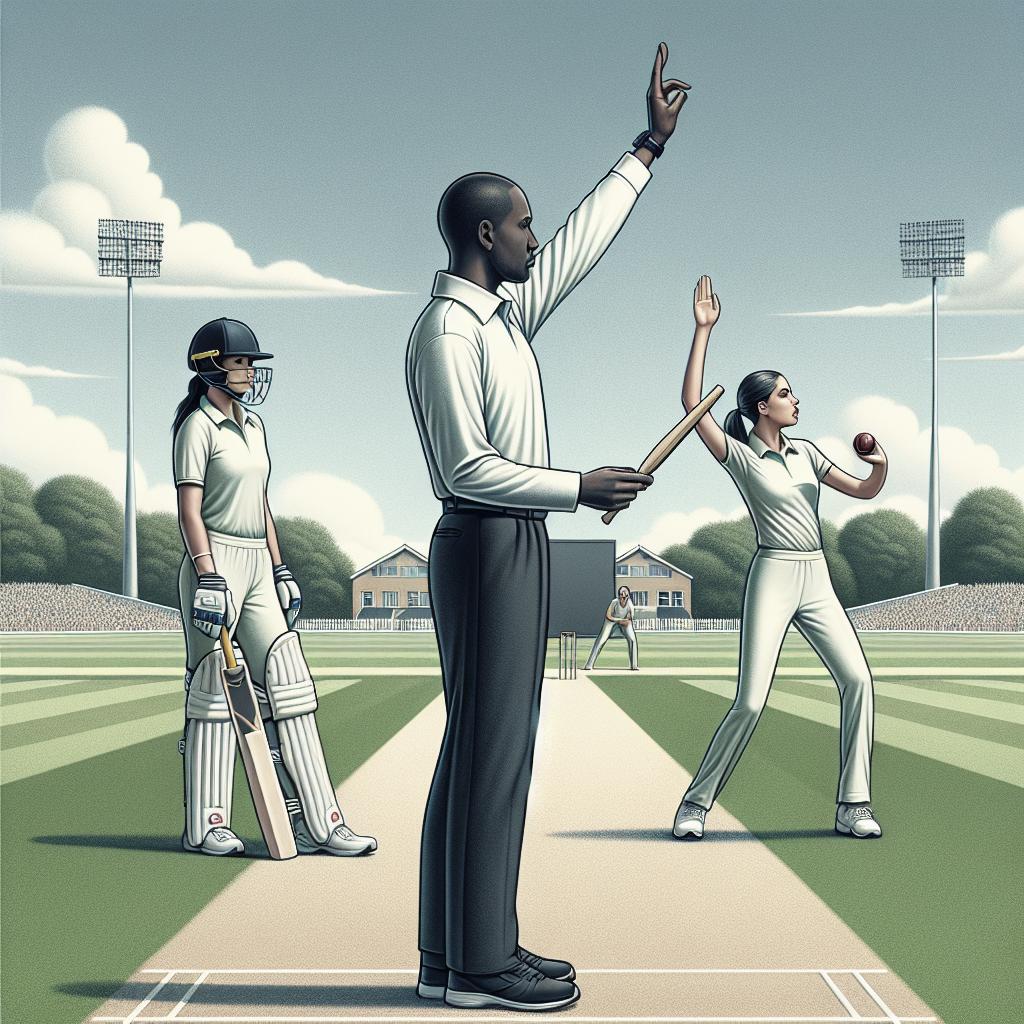<>
“`
Understanding the Language of Cricket: Umpire Signals
Cricket, often referred to as a gentleman’s game, is not only about the prowess of the players but also about the meticulous rules that govern it. Among these rules, umpire signals play a vital role in communicating crucial decisions during the match. These signals, delivered silently yet eloquently, ensure the game remains fair and transparent. In this blog post, we’ll delve into the significance of umpire signals, explore the most common gestures and their meanings, and underscore the role umpires play in maintaining the integrity of the game. By understanding these signals, both avid cricket enthusiasts and newbies can enjoy the game with a deeper sense of appreciation.
The Critical Role of Umpires in Maintaining Fair Play
Umpires are the custodians of the game’s laws, responsible for ensuring that cricket is played within its established frameworks. More than mere arbiters, they embody the spirit of fairness and impartiality. Umpires’ decisions can impact the flow and outcome of a match significantly, making their role indispensable. The numerous signals they use during a game are an integral part of maintaining order, delivering judgments, and conveying those decisions clearly and concisely to players, spectators, and broadcasters alike.
The silence with which these signals are communicated might seem trivial, but in reality, it is a streamlined method that prevents confusion and maintains the game’s flow. Without verbal interruptions, the umpire’s signals bridge communication gaps in a multicultural sport where language barriers can exist. These visual cues standardize communication, making them universally understood regardless of background or nationality, thus fostering a sense of unity and clarity in the game.
Decoding the Silent Messages: A Guide to Umpire Signals
Umpire signals in cricket can be numerous and varied, each carrying a specific message about an event or decision on the field. One of the most recognizable is the signal for “Out” where the umpire raises their index finger, a gesture that immediately brings suspense and elation depending on which side you support. Conversely, when declaring a player “Not Out,” typically no signal is given following an appeal, a silent verdict that can be equally impactful.
Other common signals include the wide ball decision, where both arms are extended horizontally indicating the delivery was too far from the batsman for a legal play. A No-Ball signal, marked by one arm extended horizontally, conveys that the delivery was illegal, whether due to overstepping the crease or bowling an illegal delivery. Additionally, the signal for a “Four” involves waving an arm back and forth across the body, while a “Six” is signaled with hands held high above the head, indicating the ball has cleared the boundary on the full.
Less frequent but equally important signals include the leg-bye, marked by touching the raised leg, and byes, indicated by raising one open hand above the head. These signals help in scoring the runs accurately and ensuring all the nuances of the game are captured. Understanding these signals enhances the viewing experience and keeps fans engaged as they can follow the umpires’ decisions just as closely as the action on the pitch.
Lessons Learned
| Signal | Description |
|---|---|
| Out | Umpire raises one index finger |
| Not Out | No signal after an appeal |
| Wide Ball | Both arms extended horizontally |
| No-Ball | One arm extended horizontally |
| Four | Arm waved back and forth across the body |
| Six | Both hands raised high above the head |
| Leg-Bye | Touching the raised leg |
| Byes | Raising one open hand above the head |
“`


